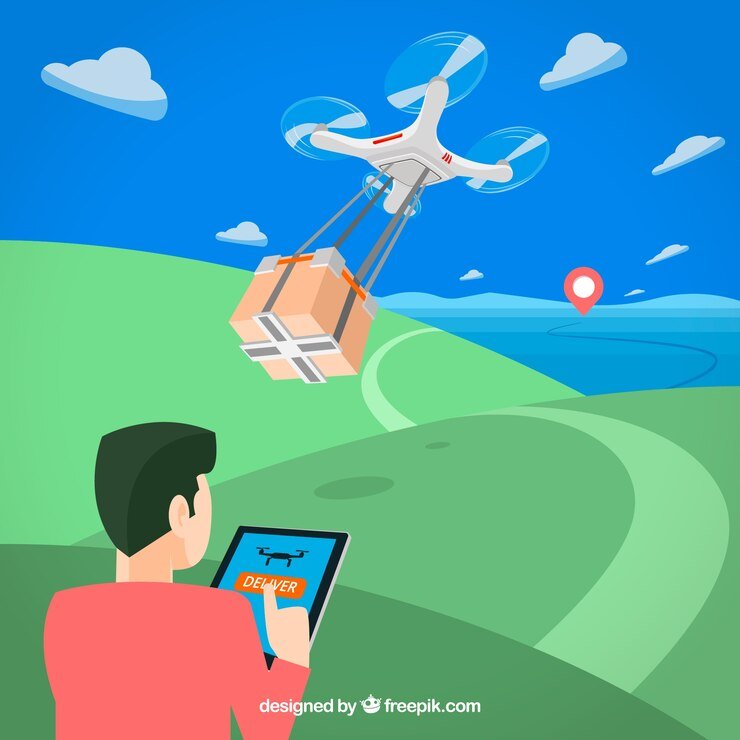Introduction
In recent years, there have been significant advancements in mobile technology that have greatly improved accessibility for people with disabilities. These innovations have opened up new opportunities and possibilities for individuals with various impairments, allowing them to navigate the digital world more easily and independently. In this blog post, we will explore some of the key mobile tech innovations that have made a positive impact on accessibility.
1. Voice Recognition and Dictation
Voice recognition technology has come a long way and has become an invaluable tool for individuals with physical disabilities or those who have difficulty typing. Mobile devices now have built-in voice recognition capabilities that allow users to dictate text messages, emails, and even write documents. This technology has not only made communication more accessible but has also empowered individuals to express themselves more freely.
2. Screen Readers
Screen readers are software programs that enable blind or visually impaired individuals to access and navigate digital content. These programs use text-to-speech or braille output to convert on-screen text into audible or tactile feedback. Mobile devices now come with built-in screen readers, making it easier for visually impaired users to interact with their smartphones or tablets. This innovation has opened up a world of possibilities, allowing individuals to access information, read books, and even use social media.
3. Gesture and Motion Controls
Gestures and motion controls have revolutionized mobile technology by providing alternative ways to interact with devices. This innovation has greatly benefited individuals with physical disabilities who may have limited mobility or dexterity. With gesture and motion controls, users can perform actions such as scrolling, zooming, and navigating through apps by simply moving their hands or making specific gestures. This has made mobile devices more accessible and user-friendly for a wider range of individuals.
4. Customizable Interfaces
Mobile devices now offer customizable interfaces that allow users to personalize their experience according to their specific needs and preferences. For individuals with disabilities, this means they can adapt their devices to accommodate their unique requirements. They can adjust font sizes, color contrasts, and even enable features like closed captions or subtitles. This level of customization has made mobile technology more inclusive, ensuring that everyone can access and use their devices comfortably.
5. Assistive Apps
The availability of assistive apps has significantly enhanced accessibility for individuals with disabilities. There are now a wide range of apps specifically designed to assist individuals with visual impairments, hearing impairments, cognitive impairments, and physical disabilities. These apps provide features such as magnification, speech-to-text, text-to-speech, and cognitive support. They have become powerful tools that empower individuals with disabilities to overcome barriers and participate fully in various aspects of life.
Conclusion
The advancements in mobile technology have brought about significant improvements in accessibility for individuals with disabilities. Voice recognition, screen readers, gesture controls, customizable interfaces, and assistive apps have all played a crucial role in making mobile devices more inclusive and user-friendly. These innovations have not only provided greater independence and accessibility but have also opened up new opportunities for individuals with disabilities to fully participate in the digital world.
As technology continues to evolve, it is important that the focus on accessibility remains a priority. By embracing and implementing these innovations, we can create a more inclusive society where individuals with disabilities can thrive and fully utilize the benefits of mobile technology.





